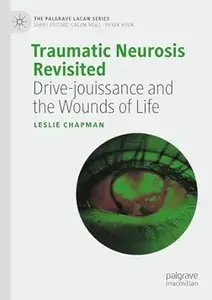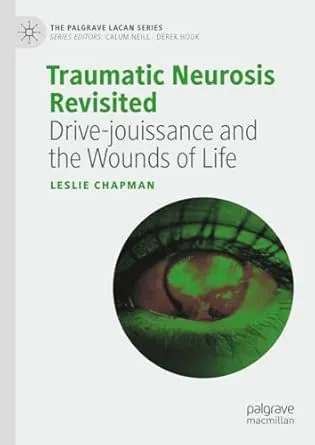Traumatic Neurosis Revisited: Drive-jouissance and the Wounds of Life
English | 2025 | ISBN: 3031891570 | 326 Pages | PDF EPUB (True) | 2.2 MB
English | 2025 | ISBN: 3031891570 | 326 Pages | PDF EPUB (True) | 2.2 MB
This book argues that Freud’s theory of the traumatic neuroses can provide a ‘conceptual bridge’ between the Lacanian idea of an ‘inaugural’ or ‘founding’ trauma that constitutes the human subject and the more popular idea that trauma is brought about by external events, for example, war or sexual violence. It proposes a new reading of Freud’s theory which draws on Lacanian concepts, including the Real, jouissance, the idea of ‘suture’, and Lacan’s ‘deconstruction’ of Freud’s drive theory. It also argues for a ‘cybernetic’ reading of Lacan’s theory of language, which he outlined in his second Seminar; and for a reappraisal of Freud’s concept of Nachträglichkeit as a way to facilitate a better understanding of the retroactive nature of trauma and its relation to language and the drive.



